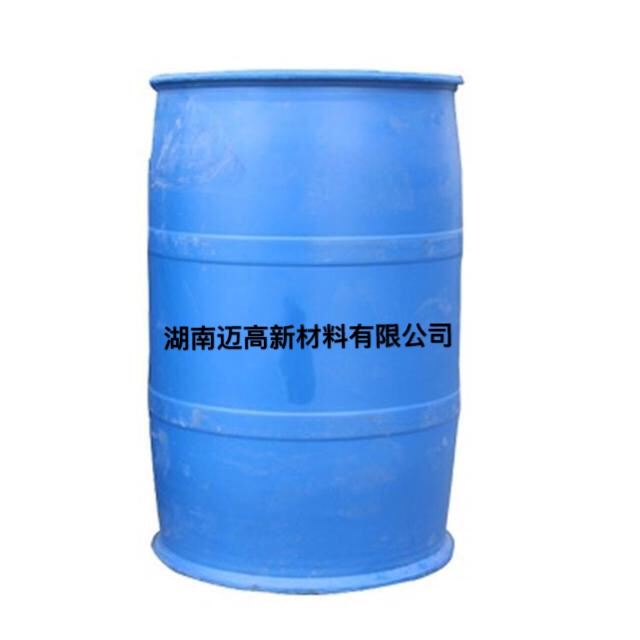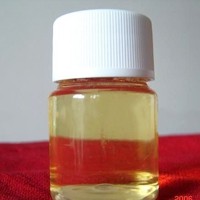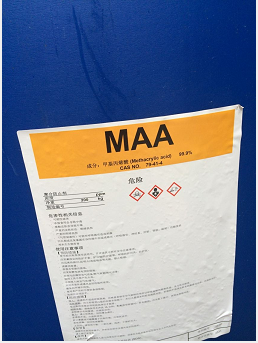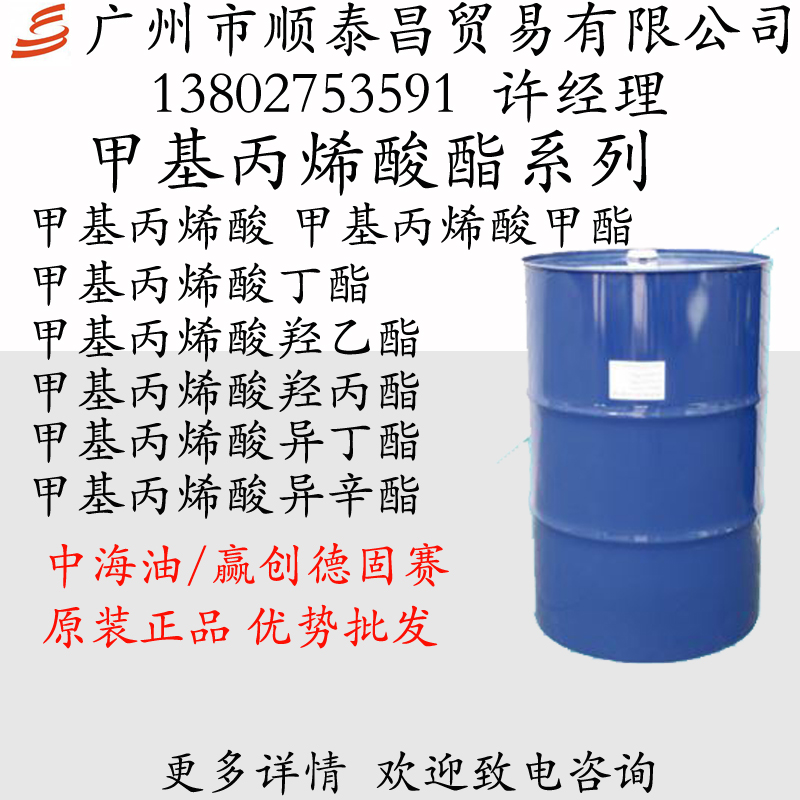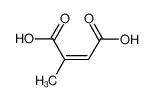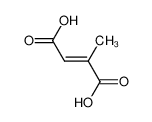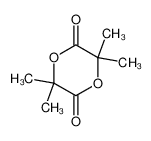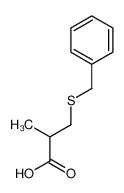| Product name | methacrylic acid |
|---|
| Product number | - |
|---|---|
| Other names | Loctite3298 |
| Identified uses | For industry use only. Polymers |
|---|---|
| Uses advised against | no data available |
| Company | MOLBASE (Shanghai) Biotechnology Co., Ltd. |
|---|---|
| Address | Floor 4 & 5, Building 12, No. 1001 North Qinzhou Road, Xuhui District, Shanghai, China |
| Telephone | +86(21)64956998 |
| Fax | +86(21)54365166 |
| Emergency phone number | +86-400-6021-666 |
|---|---|
| Service hours | Monday to Friday, 9am-5pm (Standard time zone: UTC/GMT +8 hours). |
Acute toxicity - Oral, Category 4
Acute toxicity - Dermal, Category 4
Skin corrosion, Category 1A
2.2 GHS label elements, including precautionary statements| Pictogram(s) | 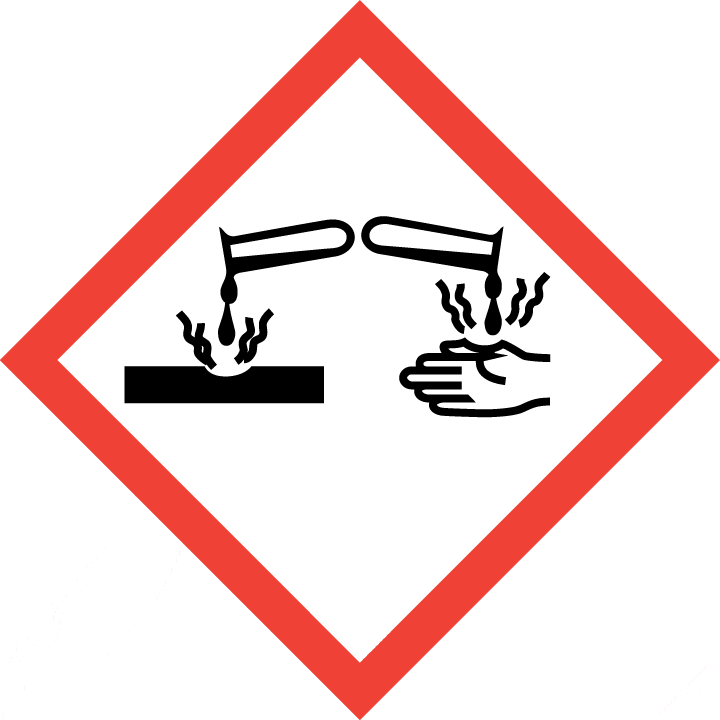  |
|---|---|
| Signal word | Danger |
| Hazard statement(s) | H302 Harmful if swallowed H312 Harmful in contact with skin H314 Causes severe skin burns and eye damage |
| Precautionary statement(s) | |
| Prevention | P264 Wash ... thoroughly after handling. P270 Do not eat, drink or smoke when using this product. P280 Wear protective gloves/protective clothing/eye protection/face protection. P260 Do not breathe dust/fume/gas/mist/vapours/spray. |
| Response | P301+P312 IF SWALLOWED: Call a POISON CENTER/doctor/…if you feel unwell. P330 Rinse mouth. P302+P352 IF ON SKIN: Wash with plenty of water/... P312 Call a POISON CENTER/doctor/…if you feel unwell. P321 Specific treatment (see ... on this label). P362+P364 Take off contaminated clothing and wash it before reuse. P301+P330+P331 IF SWALLOWED: Rinse mouth. Do NOT induce vomiting. P303+P361+P353 IF ON SKIN (or hair): Take off immediately all contaminated clothing. Rinse skin with water [or shower]. P363 Wash contaminated clothing before reuse. P304+P340 IF INHALED: Remove person to fresh air and keep comfortable for breathing. P310 Immediately call a POISON CENTER/doctor/… P305+P351+P338 IF IN EYES: Rinse cautiously with water for several minutes. Remove contact lenses, if present and easy to do. Continue rinsing. |
| Storage | P405 Store locked up. |
| Disposal | P501 Dispose of contents/container to ... |
none
3.Composition/information on ingredients 3.1 Substances| Chemical name | Common names and synonyms | CAS number | EC number | Concentration |
|---|---|---|---|---|
| methacrylic acid | methacrylic acid | 79-41-4 | none | 100% |
Consult a physician. Show this safety data sheet to the doctor in attendance.
If inhaledFresh air, rest. Half-upright position. Refer for medical attention.
In case of skin contactFirst rinse with plenty of water for at least 15 minutes, then remove contaminated clothes and rinse again.
In case of eye contactFirst rinse with plenty of water for several minutes (remove contact lenses if easily possible), then refer for medical attention.
If swallowedRinse mouth. Rest. Refer for medical attention .
4.2 Most important symptoms/effects, acute and delayedINHALATION: Severe irritation to respiratory tract. EYES: Short contact can cause severe damage. SKIN: Causes severe irritation and burns. Ingestion: High hazard - may cause death or permanent injury on short exposure to small quantities. OTHER: May affect blood pressure temporarily. (USCG, 1999)
4.3 Indication of immediate medical attention and special treatment needed, if necessaryImmediate first aid: Ensure that adequate decontamination has been carried out. If patient is not breathing, start artificial respiration, preferably with a demand-valve resuscitator, bag-valve-mask device, or pocket mask, as trained. Perform CPR as necessary. Immediately flush contaminated eyes with gently flowing water. Do not induce vomiting. If vomiting occurs, lean patient forward or place on left side (head-down position, if possible) to maintain an open airway and prevent aspiration. Keep patient quiet and maintain normal body temperature. Obtain medical attention. /Organic acids and related compounds/
5.Fire-fighting measures 5.1 Extinguishing media Suitable extinguishing mediaUse dry chemical, carbon dioxide, or alcohol foam extinguishers. Vapors are heavier than air and will collect in low areas. Vapors may travel long distances to ignition sources and flashback. Vapors in confined area may explode in fire. Storage containers and parts of containers may rocket great distances, in many directions. If materials or contaminated runoff enters waterways, notify downstream users of potentially contaminated waters. Notify local health and fire officials and pollution control agencies. From a secure, explosion-proof location, use water spray to cool exposed containers. If cooling streams are ineffective (venting sound increases in volume and pitch, tank discolors, or shows any signs of deforming), withdraw immediately to a secure position. If employees are expected to fight fires, they must be trained and equipped.
5.2 Specific hazards arising from the chemicalSpecial Hazards of Combustion Products: Vapor forms explosive mixtures with air. Thermal decomposition produces carbon monoxide and carbon dioxide. Behavior in Fire: Vapors form explosive mixtures with air. Sealed containers may rupture explosively at elevated temperatures (polymerization). (USCG, 1999)
5.3 Special protective actions for fire-fightersWear self-contained breathing apparatus for firefighting if necessary.
6.Accidental release measures 6.1 Personal precautions, protective equipment and emergency proceduresUse personal protective equipment. Avoid dust formation. Avoid breathing vapours, mist or gas. Ensure adequate ventilation. Evacuate personnel to safe areas. Avoid breathing dust. For personal protection see section 8.
6.2 Environmental precautionsCollect leaking and spilled liquid in sealable plastic containers as far as possible. Cautiously neutralize remainder with aqueous sodium carbonate or lime. Then wash away with plenty of water. Do NOT absorb in saw-dust or other combustible absorbents. Personal protection: complete protective clothing including self-contained breathing apparatus.
6.3 Methods and materials for containment and cleaning upEvacuate and restrict persons not wearing protective equipment from area of spill or leak until cleanup is complete. Remove all ignition sources. Establish forced ventilation to keep levels below explosive limit. Absorb liquids in vermiculite, dry sand, earth, or a similar non-organic materials and deposit in sealed containers. Using caution, neutralize remainder with aqueous sodium carbonate or lime. Then wash away with plenty of water. Keep this chemical out of a confined space, such as a sewer, because of the possibility of an explosion, unless the sewer is designed to prevent the build-up of explosive concentrations. It may be necessary to contain and dispose of this chemical as a hazardous waste. If material or contaminated runoff enters waterways, notify downstream users of potentially contaminated waters. Contact your Department of Environmental Protection or your regional office of the federal EPA for specific recommendations. If employees are required to clean-up spills, they must be properly trained and equipped.
7.Handling and storage 7.1 Precautions for safe handlingAvoid contact with skin and eyes. Avoid formation of dust and aerosols. Avoid exposure - obtain special instructions before use.Provide appropriate exhaust ventilation at places where dust is formed. For precautions see section 2.2.
7.2 Conditions for safe storage, including any incompatibilitiesSeparated from strong oxidants and food and feedstuffs. Cool. Keep in the dark. Keep in a well-ventilated room. Store only if stabilized.Prior to working with this chemical you should be trained on its proper handling and storage. Before entering confined space where this chemical may be present, check to make sure that an explosive concentration does not exist. Store in tightly closed containers in a cool, well ventilated area away from oxidizers (such as perchlorates, peroxides, permanganates, chlorates and nitrates). Methacrylic acid should be stored at temperatures below 15 degrees C. Sources of ignition such as smoking and open flames are prohibited where Methacrylic acid is handled, used, or stored. Wherever Methacrylic acid is used, handled, manufactured, or stored, use explosion-proof electrical equipment and fittings.
8.Exposure controls/personal protection 8.1 Control parameters Occupational Exposure limit valuesRecommended Exposure Limit: 10 hr Time-Weighted avg: 20 ppm (70 mg/cu m). Skin.
Biological limit valuesno data available
8.2 Appropriate engineering controlsHandle in accordance with good industrial hygiene and safety practice. Wash hands before breaks and at the end of workday.
8.3 Individual protection measures, such as personal protective equipment (PPE) Eye/face protectionSafety glasses with side-shields conforming to EN166. Use equipment for eye protection tested and approved under appropriate government standards such as NIOSH (US) or EN 166(EU).
Skin protectionWear impervious clothing. The type of protective equipment must be selected according to the concentration and amount of the dangerous substance at the specific workplace. Handle with gloves. Gloves must be inspected prior to use. Use proper glove removal technique(without touching glove's outer surface) to avoid skin contact with this product. Dispose of contaminated gloves after use in accordance with applicable laws and good laboratory practices. Wash and dry hands. The selected protective gloves have to satisfy the specifications of EU Directive 89/686/EEC and the standard EN 374 derived from it.
Respiratory protectionWear dust mask when handling large quantities.
Thermal hazardsno data available
9.Physical and chemical properties| Physical state | colourless liquid or crystals with an unpleasant odour. |
|---|---|
| Colour | Clear colorless liquid or colorless crystals |
| Odour | Acrid, repulsive odor |
| Melting point/ freezing point | 179°C(lit.) |
| Boiling point or initial boiling point and boiling range | 163°C(lit.) |
| Flammability | Class IIIA Combustible Liquid: Fl.P. at or above 60°C and below 93.33°C.Combustible. Gives off irritating or toxic fumes (or gases) in a fire. |
| Lower and upper explosion limit / flammability limit | Lower flammable limit: 1.6% by volume; Upper flammable limit: 8.8% by volume |
| Flash point | 77°C |
| Auto-ignition temperature | 400°C |
| Decomposition temperature | no data available |
| pH | no data available |
| Kinematic viscosity | 1.38 mPa.s at 24°C |
| Solubility | In water:9.7 g/100 mL (20 ºC) |
| Partition coefficient n-octanol/water (log value) | log Kow = 0.93 |
| Vapour pressure | 1 mm Hg ( 20 °C) |
| Density and/or relative density | 1.015g/mLat 25°C(lit.) |
| Relative vapour density | >3 (vs air) |
| Particle characteristics | no data available |
no data available
10.2 Chemical stabilityAcrylic acid and methacrylic acid readily polymerize in the presence of light, heat and oxygen, and also under the action of oxidizing agents such as peroxides.
10.3 Possibility of hazardous reactionsFlammable when exposed to heat, flame, or oxidizers.Vapours are uninhibited and may polymerize, causing blockage of vents.METHACRYLIC ACID reacts with strong oxidizing agents. Presents a storage hazard: violent exothermic polymerizations leading to explosion can occur spontaneously, particularly at low inhibitor or stabilizer concentrations [Anon., CISHC Chem. Safety Summ., 1979, 50, p. 34; Bond, J., Loss Prev. Bull., 1991, 101, p. 1].
10.4 Conditions to avoidno data available
10.5 Incompatible materialsOxidizers, elevated temperatures, hydrochloric acid [Note: Typically contains 100 ppm of the monomethyl ether of hydroquinone to prevent polymerization].
10.6 Hazardous decomposition productsWhen heated to decomposition it emits acrid smoke and irritating fumes.
11.Toxicological information Acute toxicity- Oral: LD50 Rat oral 1060 mg/kg
- Inhalation: LC50 Rat inhalation 7.1 mg/L/4 hr
- Dermal: no data available
no data available
Serious eye damage/irritationno data available
Respiratory or skin sensitizationno data available
Germ cell mutagenicityno data available
Carcinogenicityno data available
Reproductive toxicityno data available
STOT-single exposureno data available
STOT-repeated exposureno data available
Aspiration hazardno data available
12.Ecological information 12.1 Toxicity- Toxicity to fish: LC50 Oncorhynchus mykiss 85 mg/L/96 hr, flow-through bioassay, Temperature: 11-12 degrees C; 8.2-9.4 mg/L dissolved oxygen, 47-48 mg CaCo3/L, pH=5.3-7.8.
- Toxicity to daphnia and other aquatic invertebrates: EC50 Daphnia magna >=100, <180 mg/L/24 hr, OECD 202, endpoint: immobilization
- Toxicity to algae: no data available
- Toxicity to microorganisms: no data available
AEROBIC: Methacrylic acid was rapidly biodegraded in tests using adapted activated sludge inoculum under aerobic conditions(1). Aerobic standard dilution tests using sewage inoculum provided 53% theoretical BOD after 5 days incubation(2), 68% COD after 19 days(3) and 86% theoretical COD after 42 days(3). The BOD5/COD ratio for methacrylic acid was determined to be 0.16, which is indicative of significant potential for biodegradability(4). In a Closed Bottle test, methacrylic acid was determined to be 86% degraded after 28 days and >95% methacrylic acid was degraded in the Zahn-Wellens test, time not specified(5).
12.3 Bioaccumulative potentialAn estimated BCF of 3.1 was calculated for methacrylic acid(SRC), using a log Kow of 0.93(1) and a regression-derived equation(2). According to a classification scheme(3), this BCF suggests the potential for bioconcentration in aquatic organisms is low(SRC).
12.4 Mobility in soilAn average Koc value of 15 has been reported for methacrylic acid(1). According to a classification scheme(2), this Koc value suggests that methacrylic acid is expected to have very high mobility in soil.
12.5 Other adverse effectsno data available
13.Disposal considerations 13.1 Disposal methods ProductThe material can be disposed of by removal to a licensed chemical destruction plant or by controlled incineration with flue gas scrubbing. Do not contaminate water, foodstuffs, feed or seed by storage or disposal. Do not discharge to sewer systems.
Contaminated packagingContainers can be triply rinsed (or equivalent) and offered for recycling or reconditioning. Alternatively, the packaging can be punctured to make it unusable for other purposes and then be disposed of in a sanitary landfill. Controlled incineration with flue gas scrubbing is possible for combustible packaging materials.
14.Transport information 14.1 UN Number| ADR/RID: UN2531 | IMDG: UN2531 | IATA: UN2531 |
| ADR/RID: METHACRYLIC ACID, STABILIZED |
| IMDG: METHACRYLIC ACID, STABILIZED |
| IATA: METHACRYLIC ACID, STABILIZED |
| ADR/RID: 8 | IMDG: 8 | IATA: 8 |
| ADR/RID: II | IMDG: II | IATA: II |
| ADR/RID: no | IMDG: no | IATA: no |
no data available
14.7 Transport in bulk according to Annex II of MARPOL 73/78 and the IBC Codeno data available
15.Regulatory information 15.1 Safety, health and environmental regulations specific for the product in question| Chemical name | Common names and synonyms | CAS number | EC number |
|---|---|---|---|
| methacrylic acid | methacrylic acid | 79-41-4 | none |
| European Inventory of Existing Commercial Chemical Substances (EINECS) | Listed. | ||
| EC Inventory | Listed. | ||
| United States Toxic Substances Control Act (TSCA) Inventory | Listed. | ||
| China Catalog of Hazardous chemicals 2015 | Listed. | ||
| New Zealand Inventory of Chemicals (NZIoC) | Listed. | ||
| Philippines Inventory of Chemicals and Chemical Substances (PICCS) | Listed. | ||
| Vietnam National Chemical Inventory | Listed. | ||
| Chinese Chemical Inventory of Existing Chemical Substances (China IECSC) | Listed. | ||
| Creation Date | Aug 12, 2017 |
|---|---|
| Revision Date | Aug 12, 2017 |
- CAS: Chemical Abstracts Service
- ADR: European Agreement concerning the International Carriage of Dangerous Goods by Road
- RID: Regulation concerning the International Carriage of Dangerous Goods by Rail
- IMDG: International Maritime Dangerous Goods
- IATA: International Air Transportation Association
- TWA: Time Weighted Average
- STEL: Short term exposure limit
- LC50: Lethal Concentration 50%
- LD50: Lethal Dose 50%
- EC50: Effective Concentration 50%
- IPCS - The International Chemical Safety Cards (ICSC), website: http://www.ilo.org/dyn/icsc/showcard.home
- HSDB - Hazardous Substances Data Bank, website: https://toxnet.nlm.nih.gov/newtoxnet/hsdb.htm
- IARC - International Agency for Research on Cancer, website: http://www.iarc.fr/
- eChemPortal - The Global Portal to Information on Chemical Substances by OECD, website: http://www.echemportal.org/echemportal/index?pageID=0&request_locale=en
- CAMEO Chemicals, website: http://cameochemicals.noaa.gov/search/simple
- ChemIDplus, website: http://chem.sis.nlm.nih.gov/chemidplus/chemidlite.jsp
- ERG - Emergency Response Guidebook by U.S. Department of Transportation, website: http://www.phmsa.dot.gov/hazmat/library/erg
- Germany GESTIS-database on hazard substance, website: http://www.dguv.de/ifa/gestis/gestis-stoffdatenbank/index-2.jsp
- ECHA - European Chemicals Agency, website: https://echa.europa.eu/






